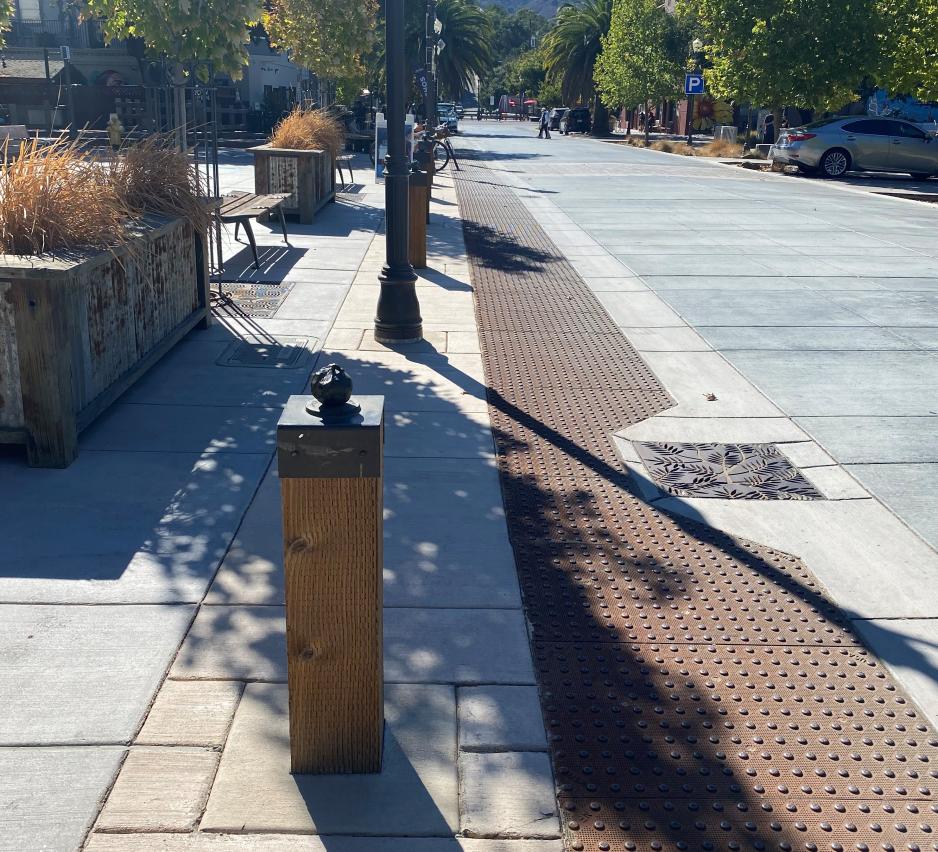Even today, street design standards are based first on accommodating efficient, free, and rapid motor vehicle flow. Decisions about geometry and operations of a street typically begin with reducing delay to motorists and only then figure out how to accommodate people walking, biking, and taking transit. Adding to the complexity, street design must accommodate emergency vehicles, which affects street width, corner radii, and use of traffic calming devices.
In some situations, it may be more appropriate to begin with designing for the pedestrian, bicyclist, or transit rider first and then accommodating the driver. To design streets that reflect local context, support walking, biking, and transit, and are sensitive to communities and people, designers must take advantage of the flexibility granted to them by Federal and State standards.
Interdisciplinary Approach
Planners, landscape architects, sociologists, artists, and so many more experts can develop attractive streetscapes that people want to spend time using.
Functional Classifications
The functional classification system defines streets based on two features: travel mobility and access to adjacent property. However, this system has limitations.
Speed Limits
While the best way to slow vehicle speeds is through physical design of the street, setting context-appropriate speeds and enforcing speed limits can have some impact on reducing speeds.
Quick-Build Projects
Quick build is a project delivery model that uses paint and simple physical objects to rapidly implement changes to streets.
Tort Liability
Traffic engineers must fully understand their agency’s liability responsibility and discretionary immunity in applying flexibility in street design.
Multi-Modal Perspective at the Agency Level
Local implementation of best practices for multimodal streets begins with policy direction at the local level.
Case Studies
- San Francisco, CA - Speed Limit Reduction
- San José, CA - Downtown Better Bikeways Quick-Build Network
- California - Caltrans Complete Streets
